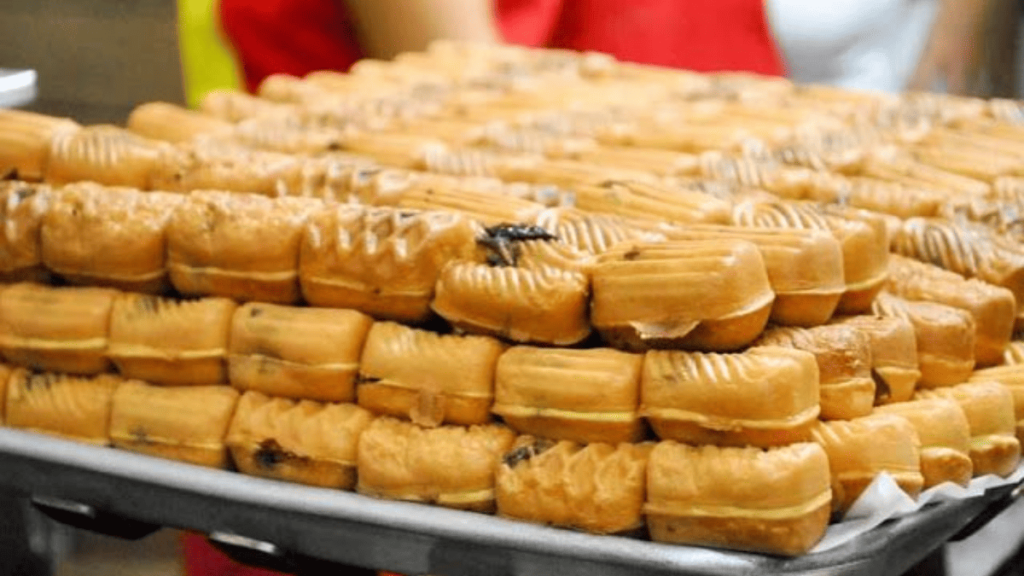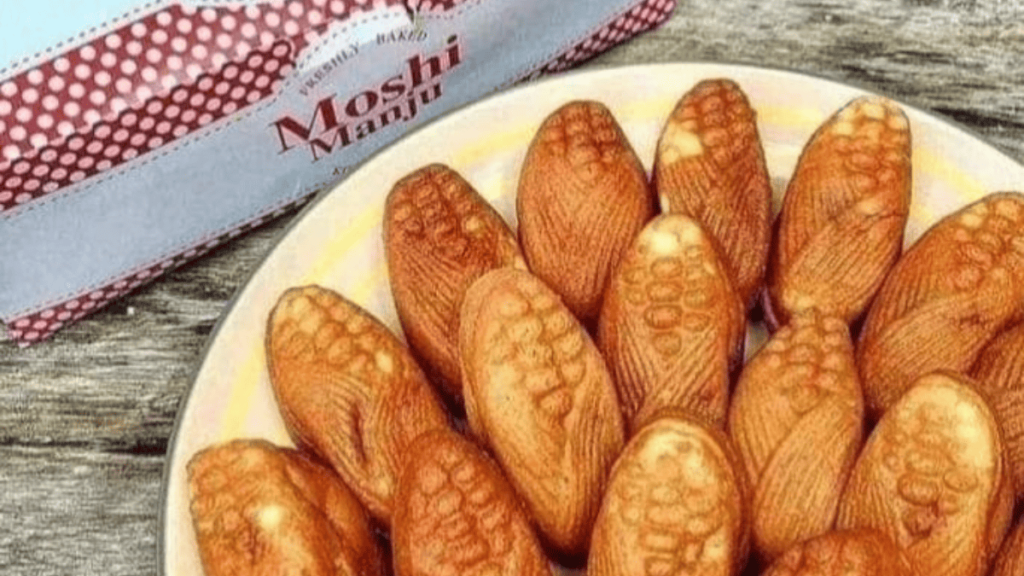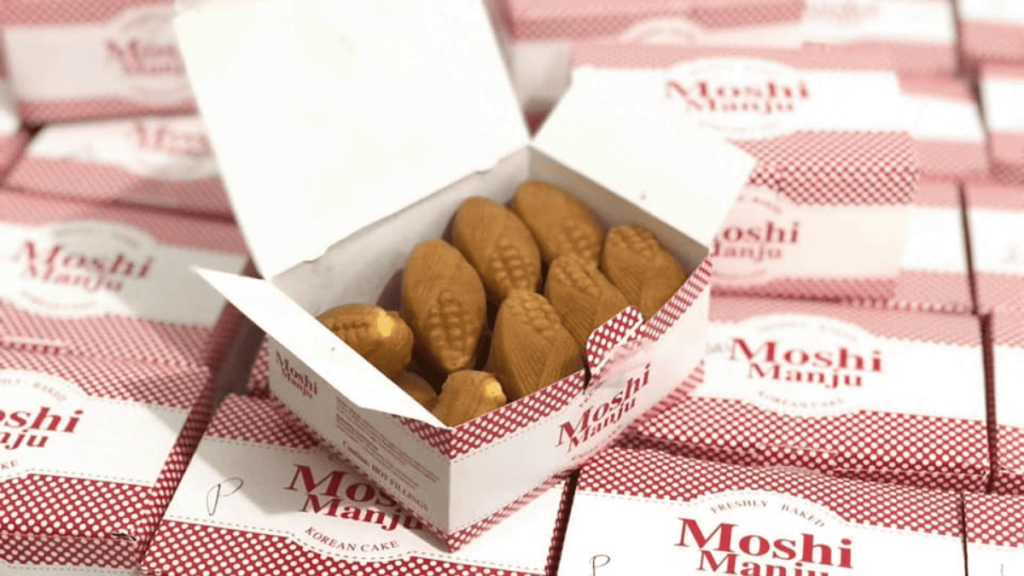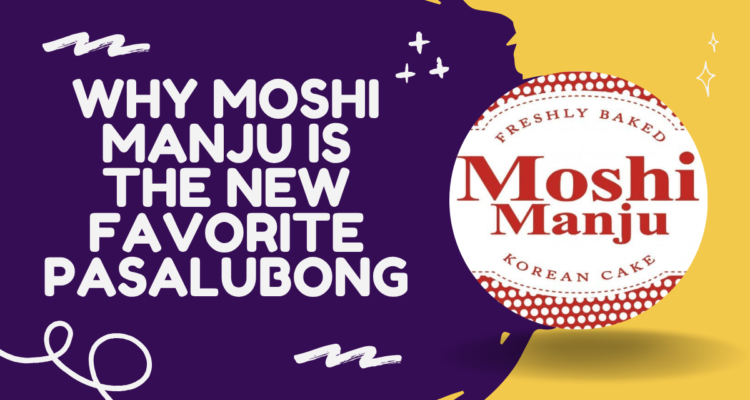One of the Filipino traditions involves bringing home a pasalubong, a simple yet significant gesture to express love, thoughtfulness, and connection to your loved ones.
Currently, Moshi Manju—a soft and bite-sized pastry—has quickly risen to the top of the list for pasalubong because it offers the ideal balance of comfort, convenience, and nostalgia with its inexpensive, easy-to-carry, and undeniably satisfying qualities. However, what makes this simple snack stand out from the others and become the new favorite pasalubong?
What is Moshi Manju

Photo from It’s more fun with Juan
The name Moshi Manju originates from Japanese roots. “Moshi” means “hello,” while “manju” is a traditional Japanese treat, usually a bun stuffed with sweet paste. It also has the influence of Chinese mantou, which modern cafe machines mold into mini pancake cakes.
However, Moshi Manju was marketed as a Korean cake that boasts a soft, pancake-like exterior and a rich filling of chocolate fudge and pastillas de leche.
How Moshi Manju Was Made

Photo from Lucky China Town
Vendors use automated pancake molds to pour the batter, add the filling, flip, and cook the cakes to golden perfection. Customers enjoy them best when freshly made, though microwaving or steaming also softens cooled pieces.
Package sizes
– Snack pack (4 pcs) – P24
– Paper pack (8 pcs) – P48
– Small box (15 pcs) – P85
– Big box (24 pcs) – P130
You can find Moshi Manju in food court kiosks and stalls in major malls like SM, Ayala, Robinsons, WalterMart, and others, including branches in Luzon, Visayas, and Mindanao.
Why It Became a Pasalubong Favorite

Photo from Waffsupp Bubble Waffle – Tanauan
One of Moshi Manju’s most charming qualities is its size. It comes in small, bite-sized pieces that are easy to pack, easy to serve, and easy to enjoy with others. Family members, co-workers, or barkada can share a single box, making it ideal for pasalubong. Besides, they offers a very affordable and budget-friendly snack that is perfect for everyone.
Beyond the taste and trend, Moshi Manju represents something deeper about modern Filipino food culture. It shows how we embrace global flavors and make them our own—bridging tradition and trend in every bite.
Its popularity also benefits small entrepreneurs, as many kiosks and local vendors have capitalized on its demand, contributing to the local economy and fueling micro-businesses.



